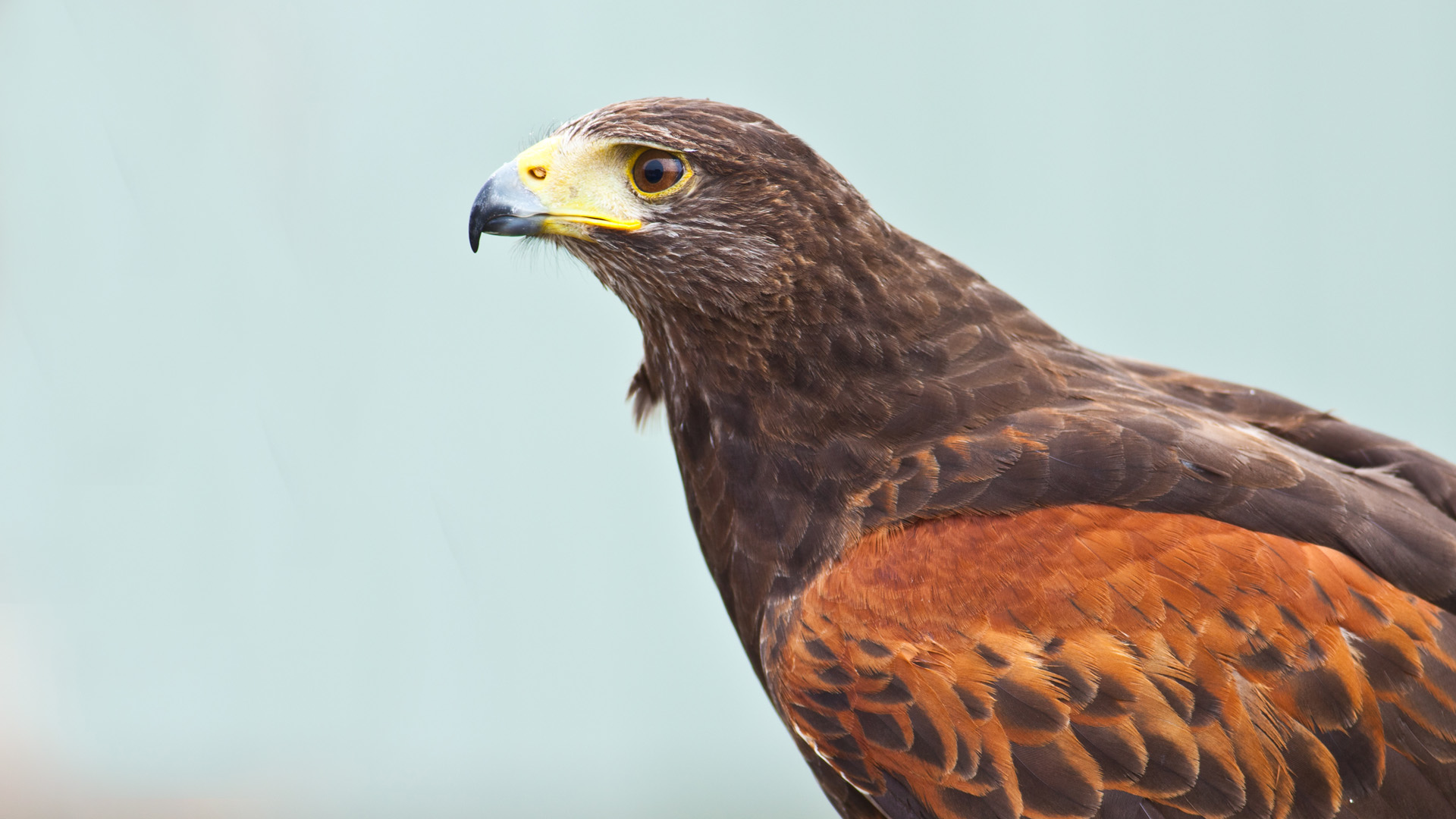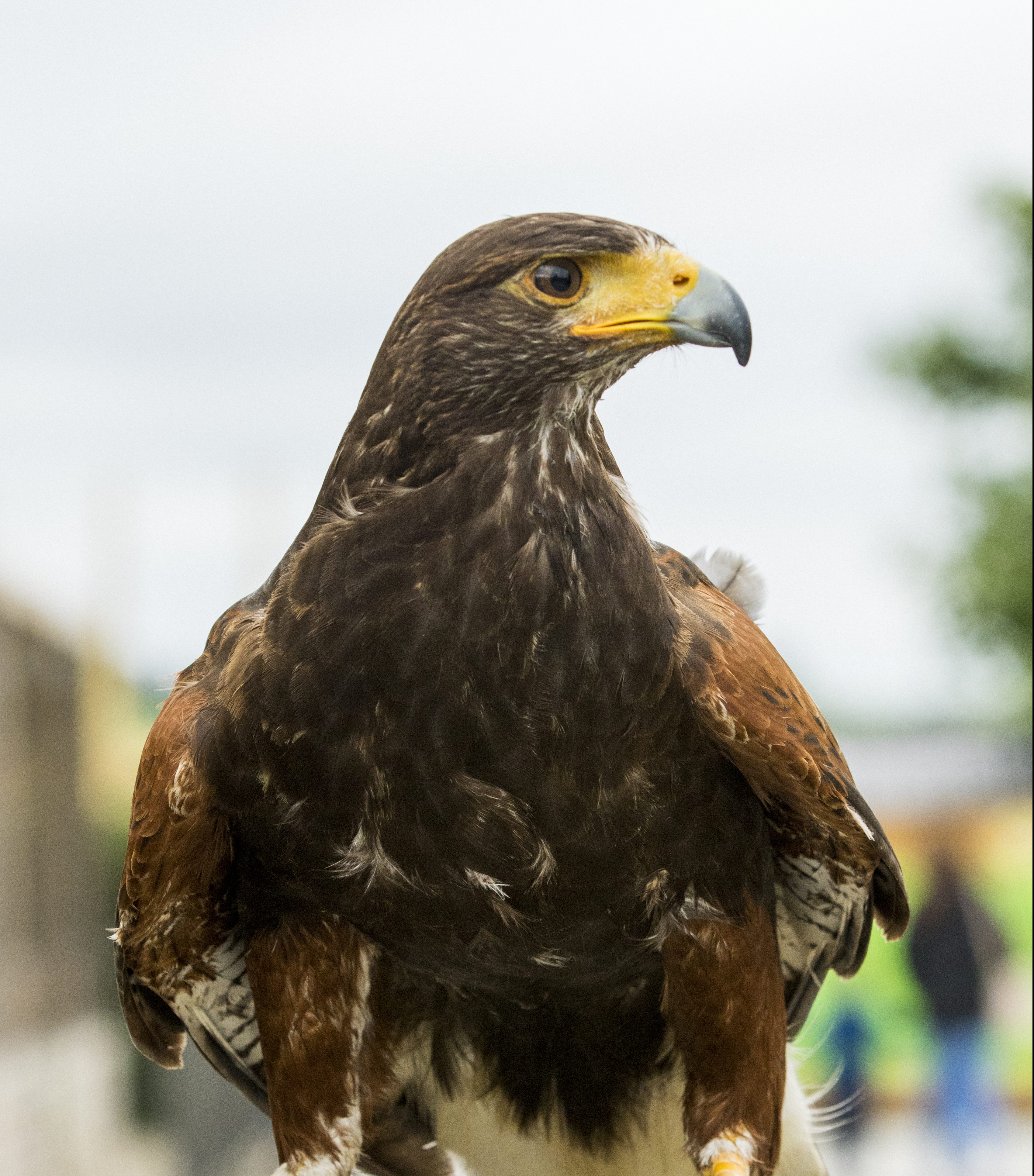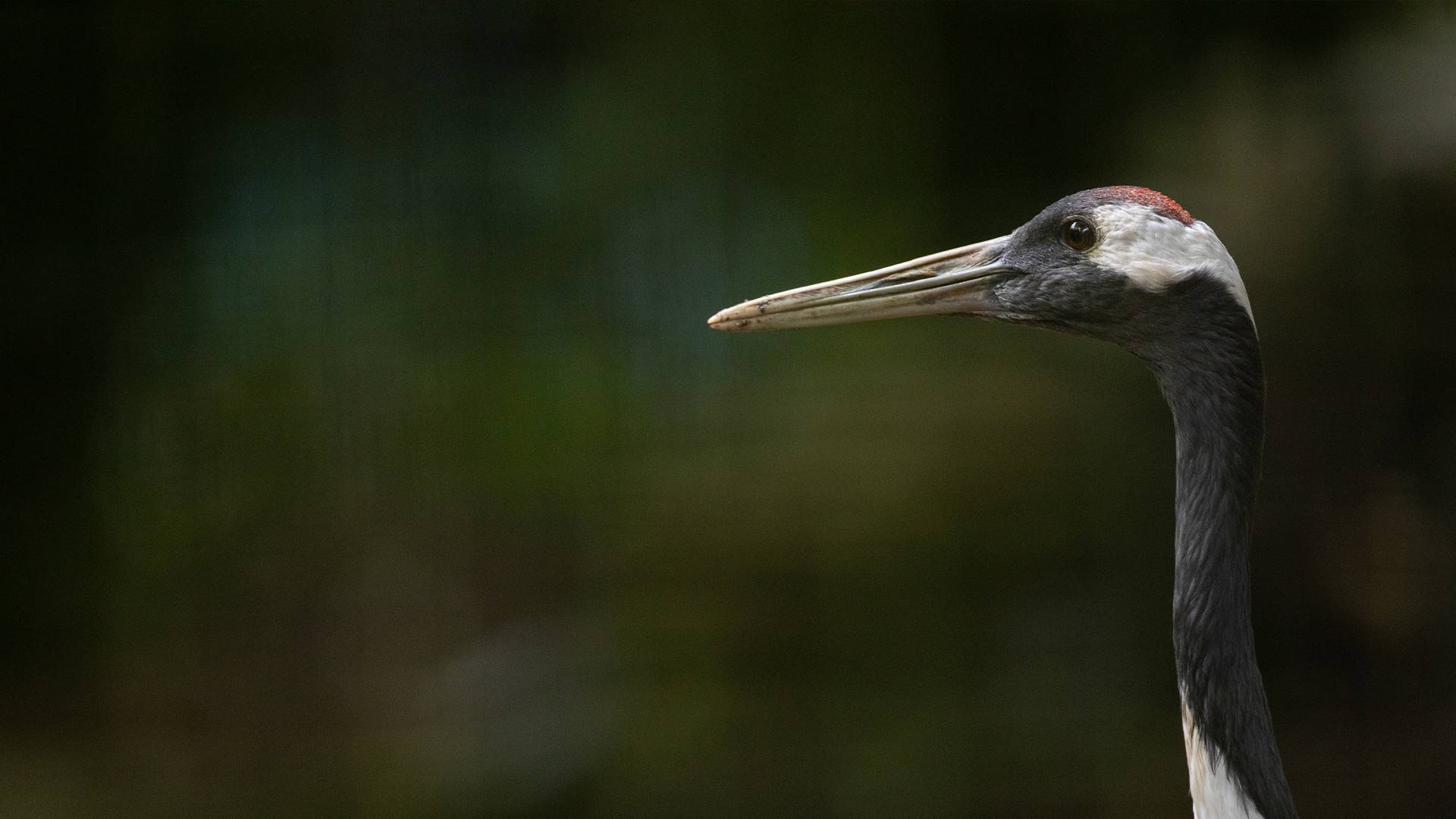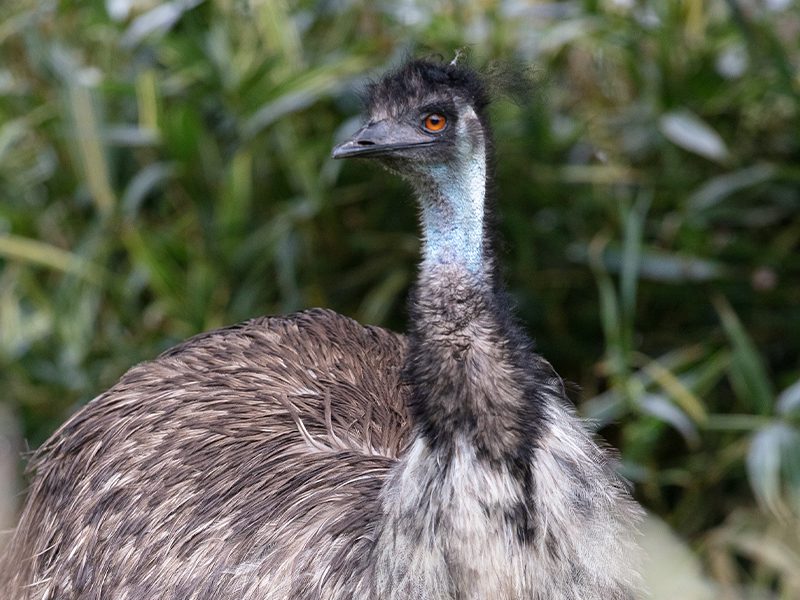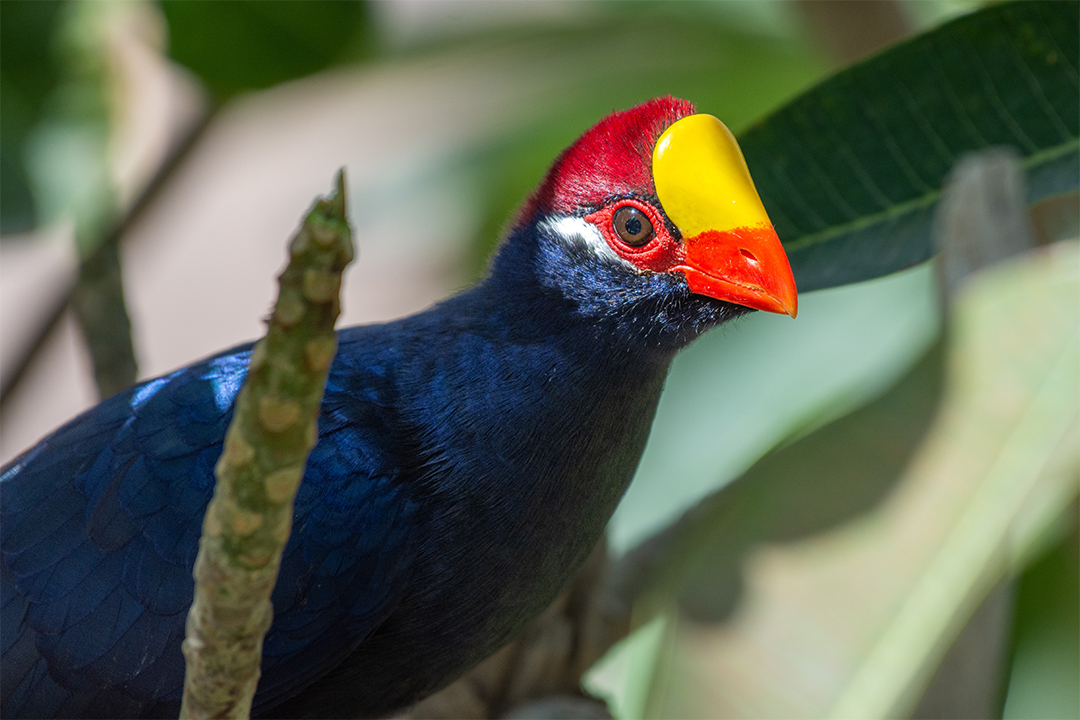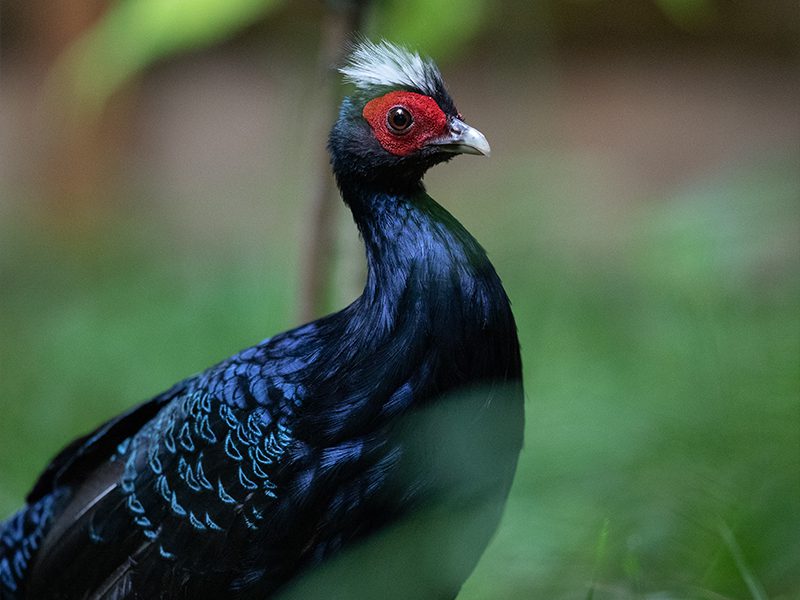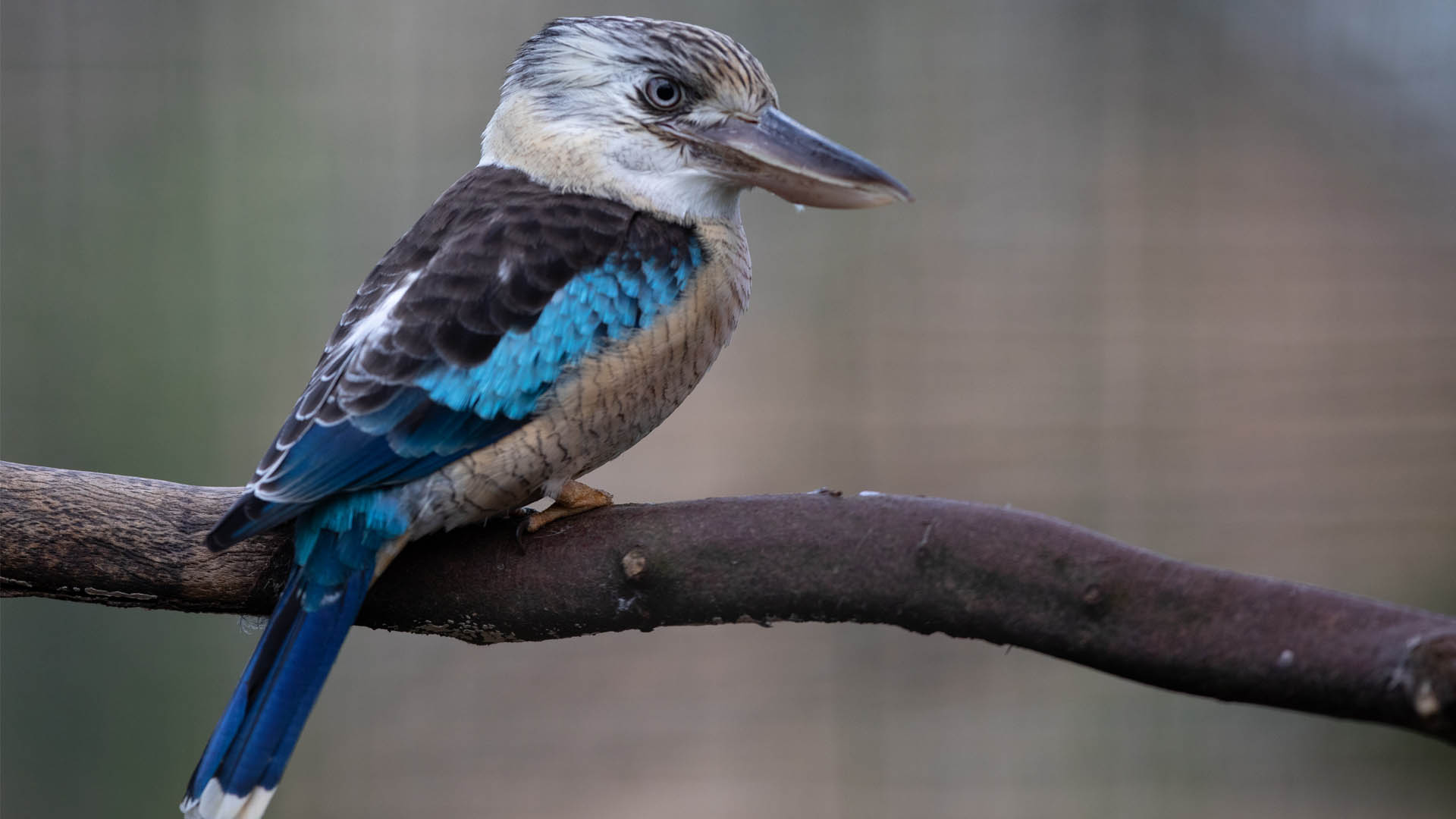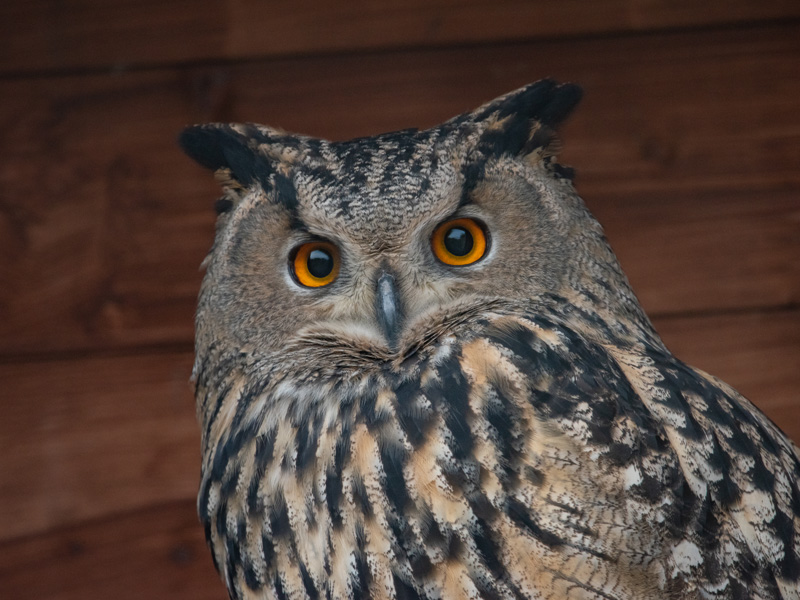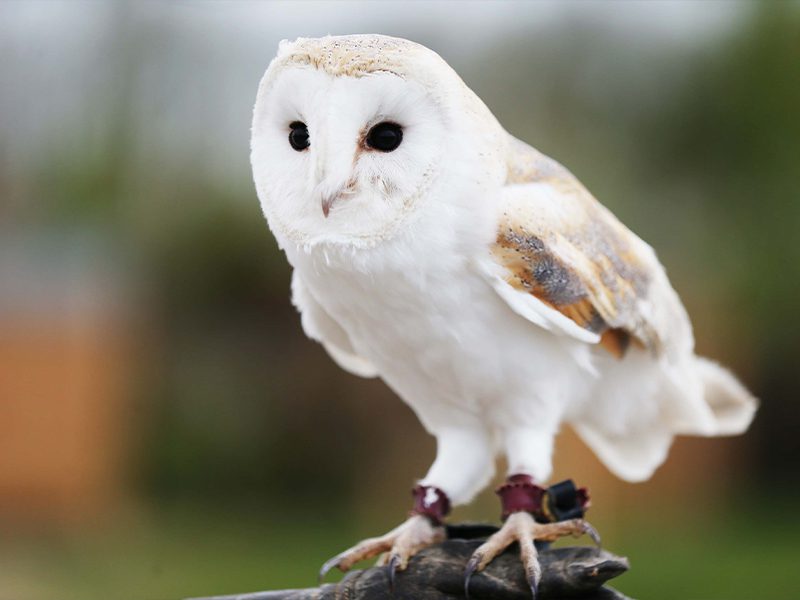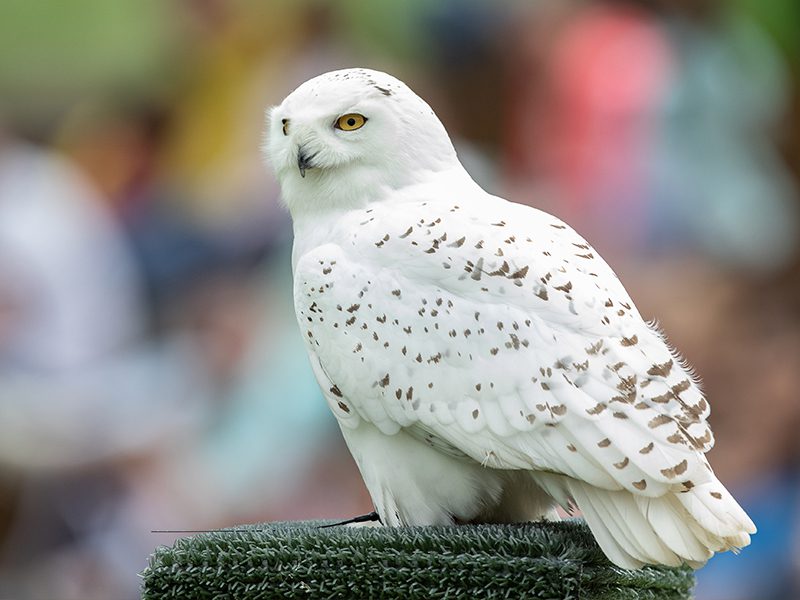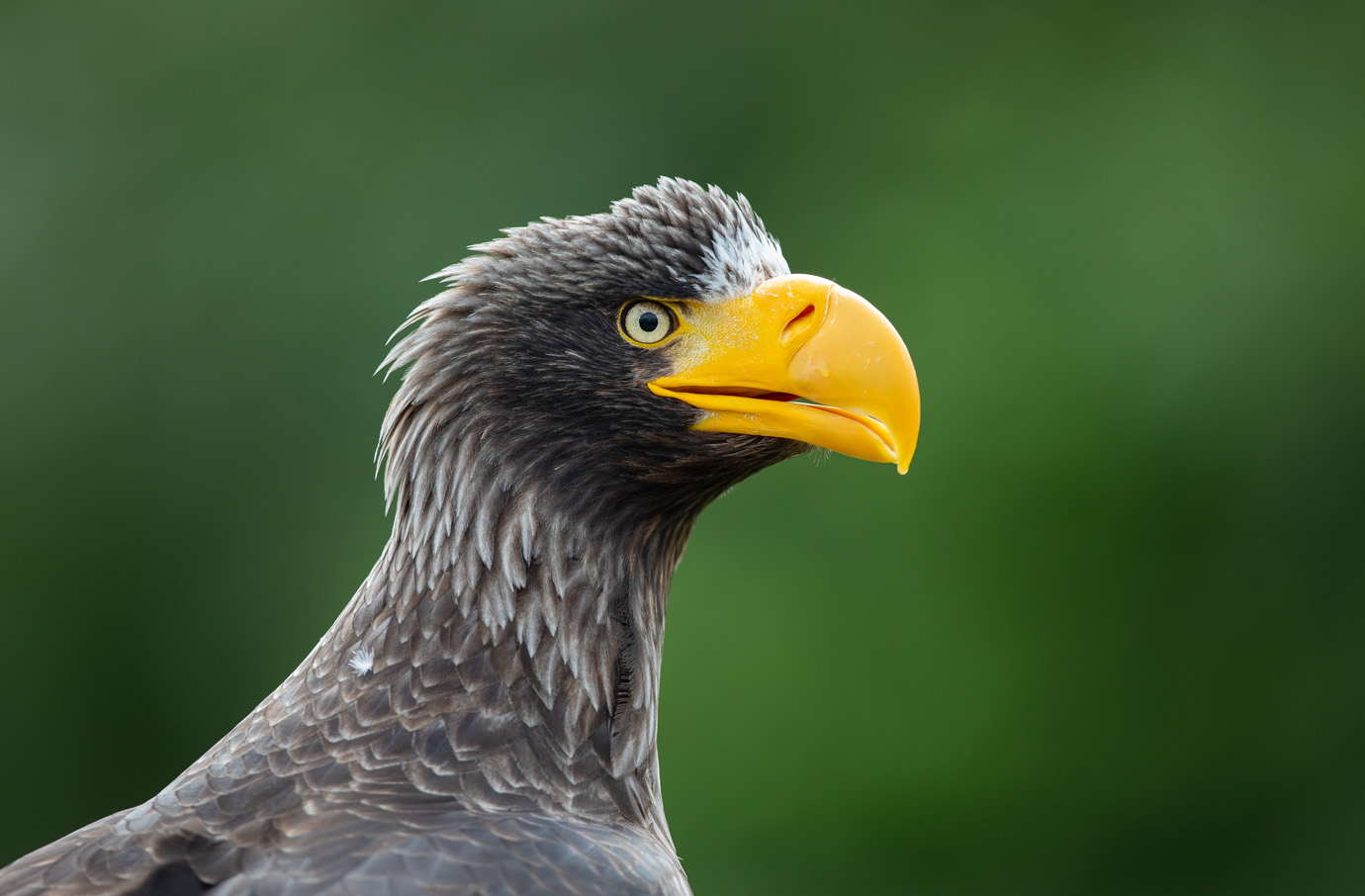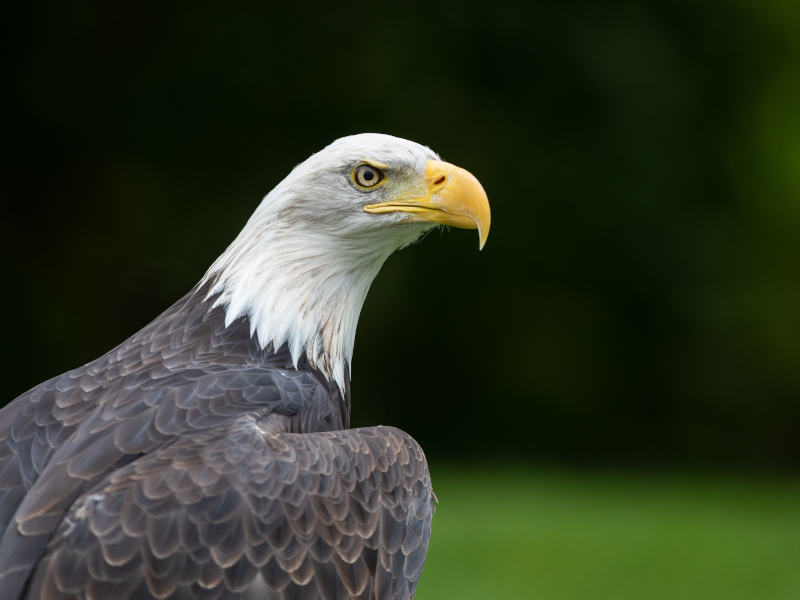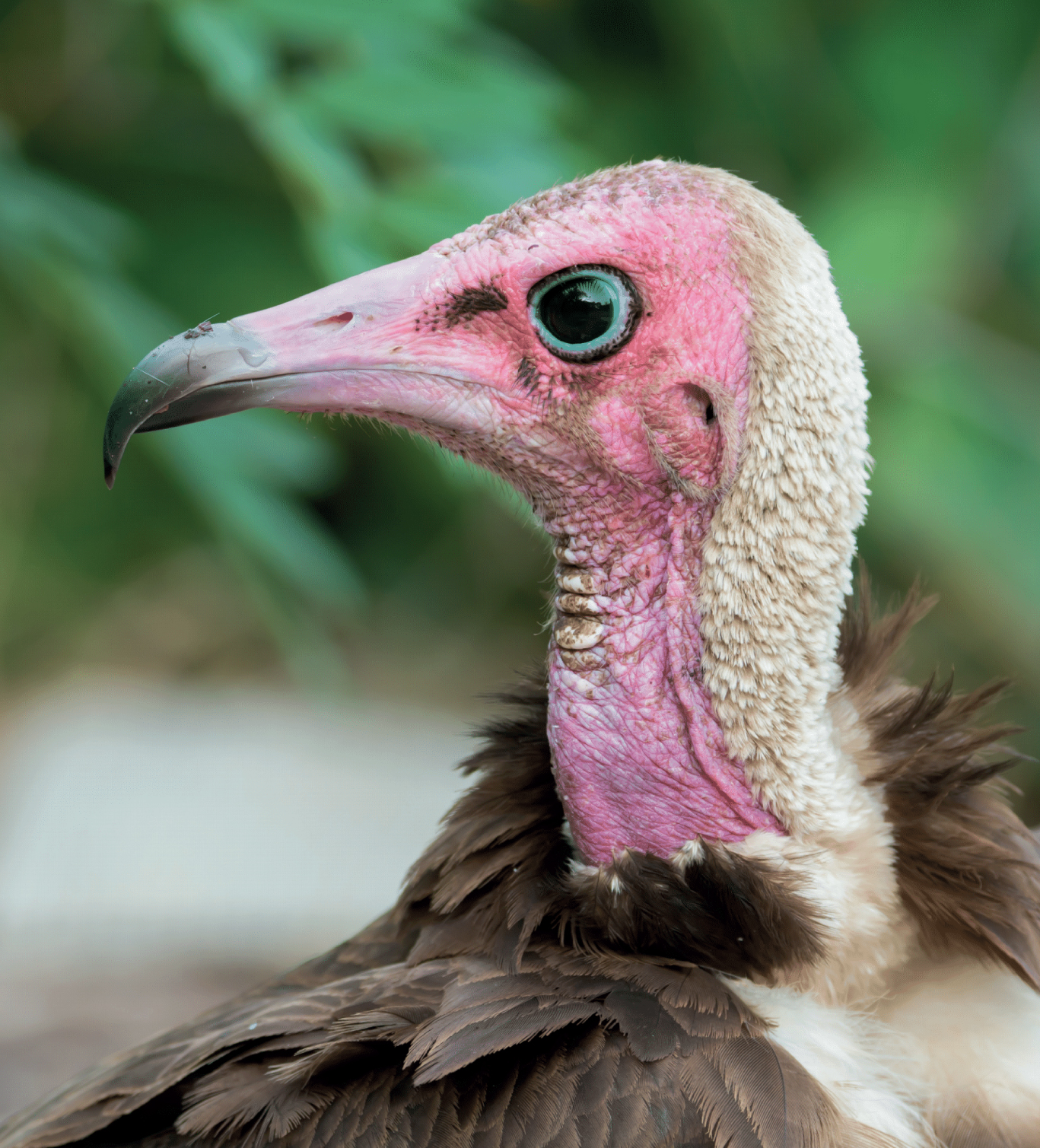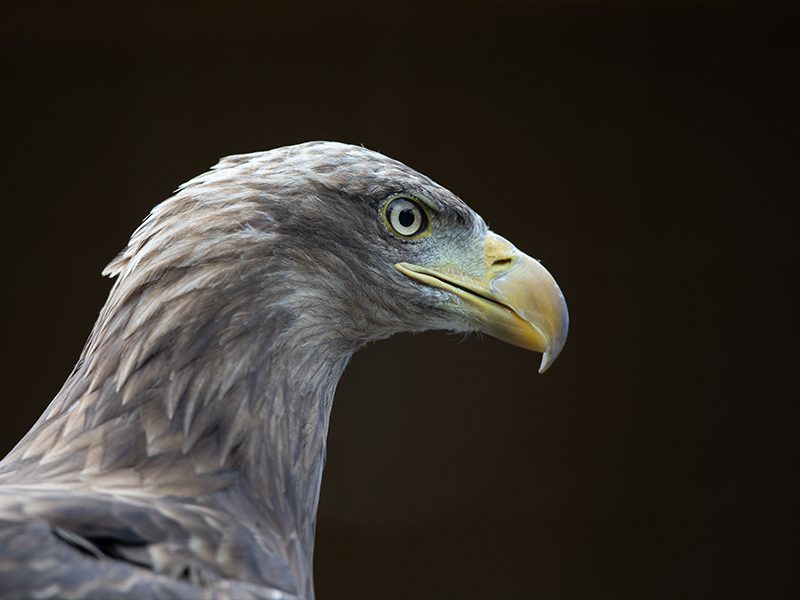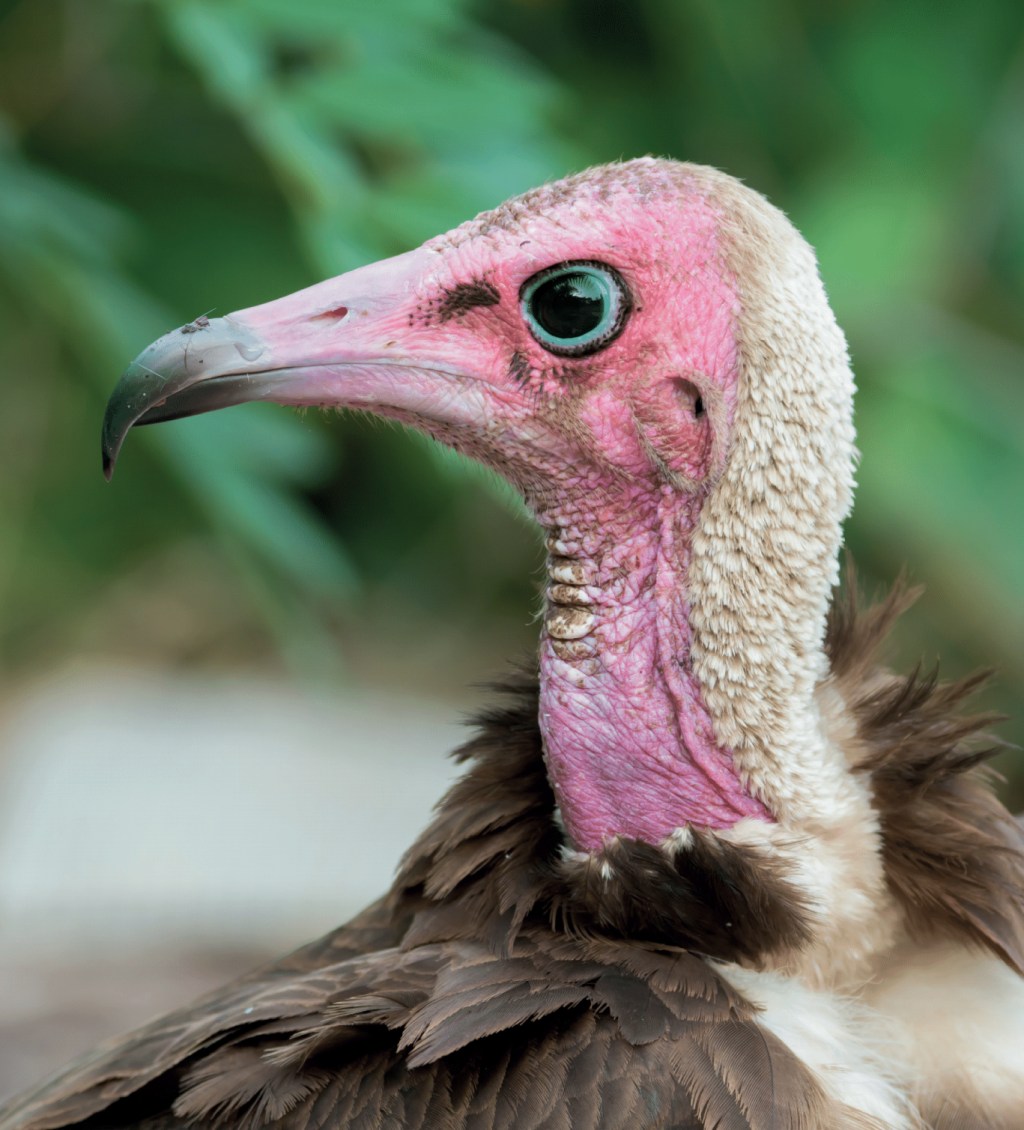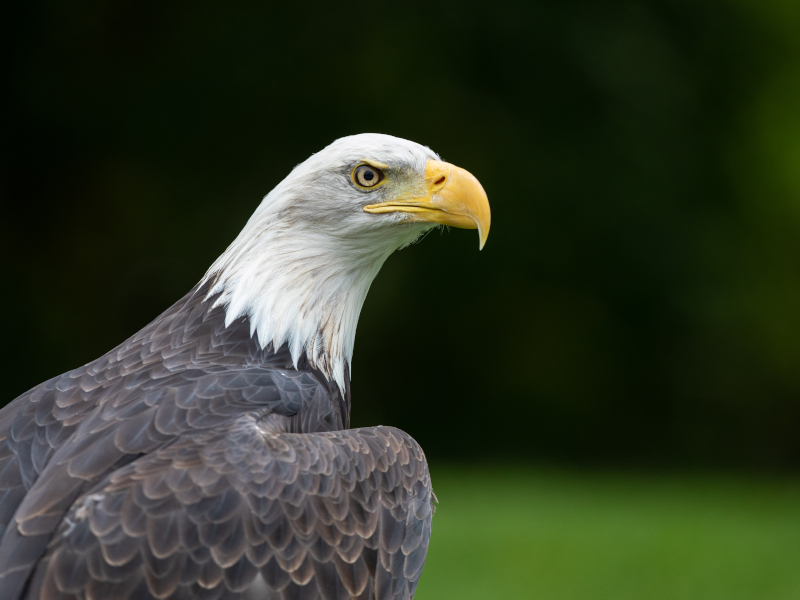Harris hawks have dark brown plumage, with white on the base and tip of the tail and shoulders and thighs that are chestnut-red in colour. Their legs are long and yellow in colour, just like their cere and they have a black beak.
Harris hawks are one of the most social birds of prey, living in in groups that consist of a dominant, mature breeding pair, and their offspring. The males will stay with their parents for a number of years whereas the females will leave to begin their own groups, after approximately a year. The group will hunt work together hunt, carrying out carefully orchestrated hunting techniques.
They not only work together while hunting, but individuals will help with all aspects of raising their younger siblings, from nest building to protection and feeding.

Popular Searches
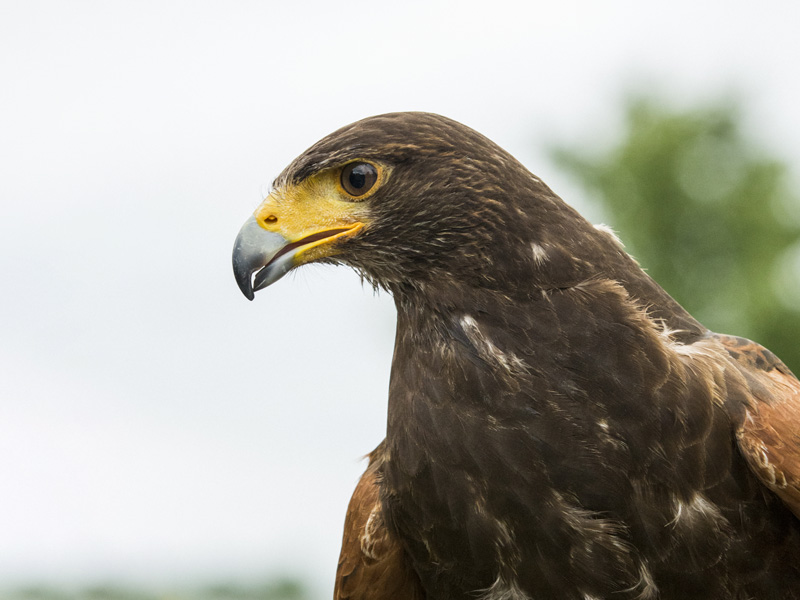
Harris hawk
-
Introduction
-
Conservation
Harris hawks are classed as least concern.
Although they can be found over an extremely large range their population is in decline in certain areas. Threats include habitat loss, human disturbance and hunting.
-
Habitat
Harris hawks have an extremely large range that spans from the south of the United States, down through Central and South America to Chile and northern Patagonia.
They have adapted to live in a wide variety of habitats from semi open plains, forests, shrublands and grasslands to deserts as well as some urban environments.
-
Fun Facts
Harris hawks are predators that hunt as groups.
Harris Hawks are very sociable, groups consist of a dominant, monogamous breeding pair and juveniles, that will assist in every aspect of raising the young, from nest building to feeding and protecting the young.



